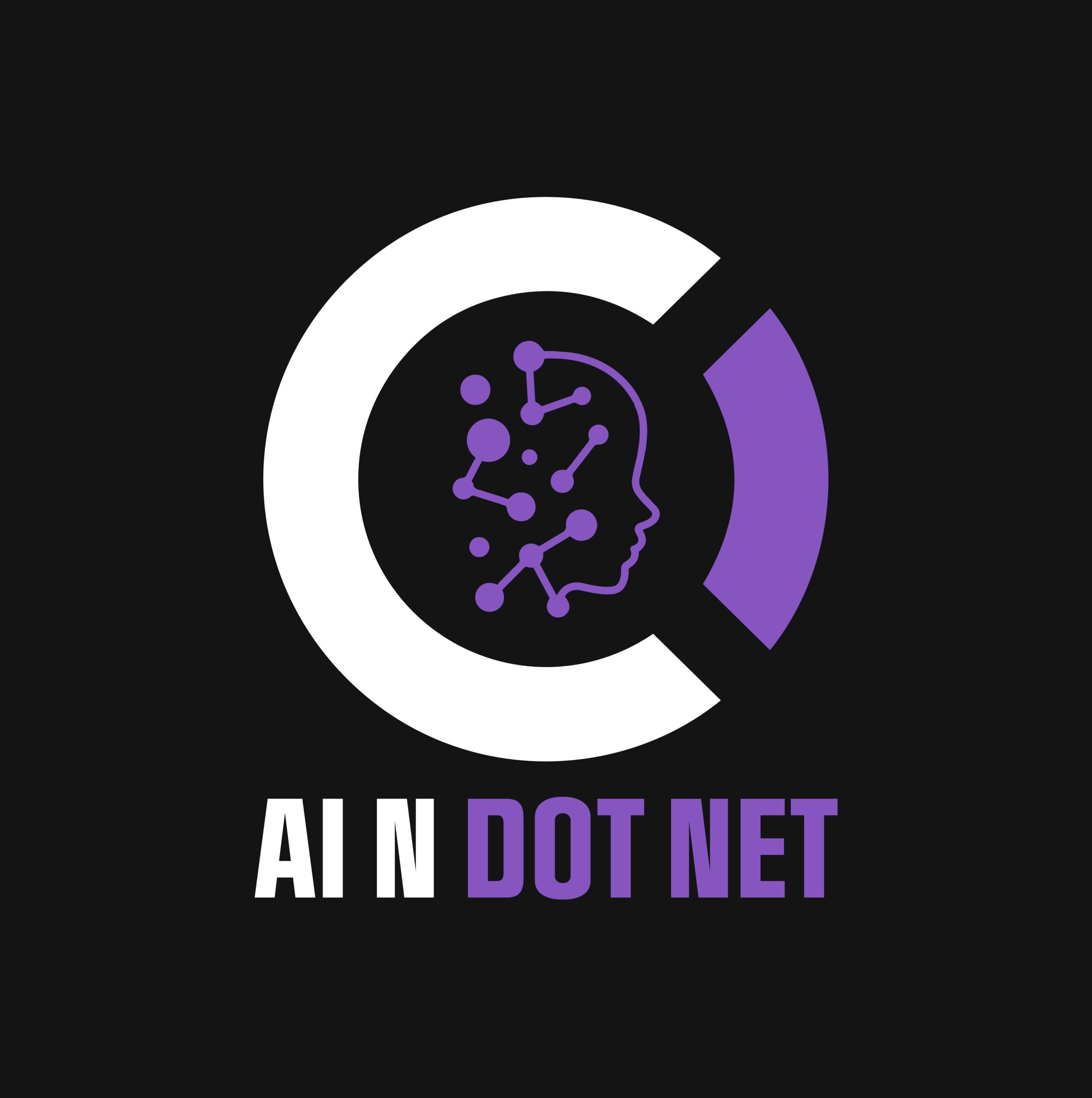Predictive Analytics & Forecasting with Microsoft AI
From supply chains to customer behavior—forecasting is one of the most valuable and practical uses of AI in business.
What Is Predictive Analytics?
Predictive analytics uses historical data, statistical models, and machine learning to predict future outcomes. It’s a forward-looking layer added to your decision-making stack.
Unlike dashboards (which show what already happened), predictive models answer questions like:
- What will our sales be next month?
- Which customers are likely to churn?
- How much inventory do we need next quarter?
- When will a machine likely fail?
Why It’s a Core AI Application
- Broad demand across business functions: finance, sales, HR, logistics, IT
- High return on investment: Even modest gains can unlock major cost savings or revenue gains
- Tangible and testable: You can benchmark predictions against reality
- A natural progression from BI dashboards to intelligent action

Microsoft Tools for Forecasting
| Tool | Role in Forecasting |
|---|---|
| ML.NET | C#-native modeling for regression, classification, time series |
| Azure Machine Learning | Enterprise-grade model training, deployment, and MLOps |
| Azure Synapse | Data prep and integration from lakes and warehouses |
| Power BI | Visualize and share forecast outputs with stakeholders |
| Semantic Kernel | Combine model output with user prompts and automation |
| Data Factory / Logic Apps | Schedule, pipeline, and automate workflows |
Who Uses Forecasting?
🧭 Executives
- Set strategy based on forecasted KPIs
- Align headcount, budgets, or initiatives with projected trends
💼 Business Analysts
- Use forecasts to plan campaigns, hiring, supply, or logistics
- Combine predictive output with scenario modeling
👩💻 Developers
- Integrate model output into web apps, APIs, or internal tools
- Deploy, monitor, and retrain models via CI/CD
📊 Finance & Ops Teams
- Forecast costs, revenues, inventory, or labor needs
- Build demand models by location, segment, or SKU
Sample Forecasting Use Cases
| Department | Forecasting Use Case |
| Sales & Marketing | Lead conversion probability, campaign lift |
| Finance | Quarterly revenue, burn rate, or expense growth |
| HR | Attrition risk, training pipeline needs |
| Supply Chain | Inventory demand, delivery delays, resource gaps |
| Product | Feature adoption, churn likelihood, bug hotspots |
Book and Prototype: C# Forecasting with ML.NET
We are writing a book that goes into Predictive Analytics and Forecasting for all members of your AI Innovation Team. The highlight is a working C# prototype that helps your AI team:
- Train a regression or time-series model using ML.NET
- Input historical data (CSV, SQL, or Excel)
- Output predictions in real time or batch
- View model metrics (MAE, RMSE, R²) to evaluate performance
- Modify and scale in your own .NET applications or Azure services
No new programming languages, tools, or people required. Built 100% with Microsoft tools.

From Prototype to Production
- Run the prototype with your real data
- Tune inputs and target variables
- Compare predicted vs actual over time
- Wrap the model into an API, report, or app
- Decide: productionize or expand to other variables
Best Practices for AI Forecasting
- Start narrow: Forecast one metric well before adding complexity
- Baseline performance: Always compare AI vs traditional methods
- Involve business users: Let them interpret and challenge results
- Retrain regularly: Use pipelines or scheduling tools to refresh models
- Log assumptions: AI predictions are only as good as the data pipeline
Related Resources
Forecast Smarter with Microsoft AI
Whether you’re running lean or scaling fast, forecasting helps you plan with confidence.
Microsoft gives you the tools—and we give you the code.

